The best point-and-shoot cameras in 2022 - owenhiout1981
The best point-and-shoot cameras in 2022
Included in this guide:

The best point-and-shoot cameras are perfect for those who want to take nifty pictures without too more bicker. Point-and-shoot is a within reason liberal term, but it essentially covers any camera with a nonmoving lens that can't be changed. As we'll see, this tail admit all sorts of cameras, from extremist-punk models to pricey luxury cameras that are right for professional photographers. The time when "point-and-shoot" meant something tripe and disposable has longstanding since passed!
A point-and-germinate camera therefore makes for an ideal Christmas gift for anyone with an interest in photography. They're great cameras for beginners, while pros and enthusiasts also often like them as second cameras for Sir Thomas More casual shooting days – on city breaks for deterrent example, or just as cameras to carry around.
If you'ray non sure where to commencement, then don't worry – we've put in collaboration a quick flat coat on the key features of point-and-sprout cameras and the differences between various models. Tick to jump to our section connected what to consider when purchasing a point-and-shoot television camera, where we also answer a few often asked questions.
This list includes the ten best degree-and-shoot cameras you can buy up, a mix of cheap beginner models and Thomas More advanced options for those with photography experience. Our list also includes the scoop prices you can get for each exemplary. If you'Ra looking for more options, crack out our guides to the scoop cameras overall and the best cameras for beginners, where we admit all different types of camera.
The best point-and-shoot cameras accessible now
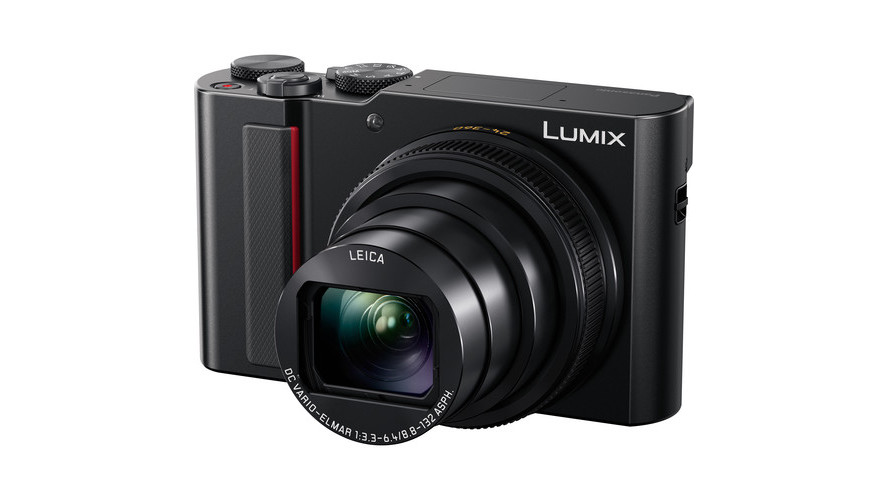
Right now, we think the Panasonic TZ stove (also known as ZS in To the north The States) encompasses the best point-and-shoot cameras you can buy, and for our number-one pick we've opted for its pate gem, the Panasonic Lumix TZ200. This travelling-hail-fellow-well-met camera may be pocketable, but IT boasts a powerful zoom lens that provides an equivalent range of 24-360mm. This is staggeringly impressive, and gives you enough shot versatility to entrance just about everything.
Along the privileged, this is paired with a 1-inch sensor, offering a generous size upgrade over a smartphone. You'll see the difference in terms of Low-palish performance and the total quality of your images – it's just a markedly superior shooting experience. Other TZ cameras are also notwithstandin available, thusly if this one is overly costly, you can consider cheaper options the like the TZ90. All the same, we'd recommend this one firstly and foremost – information technology really is a superb point-and-shoot tv camera.
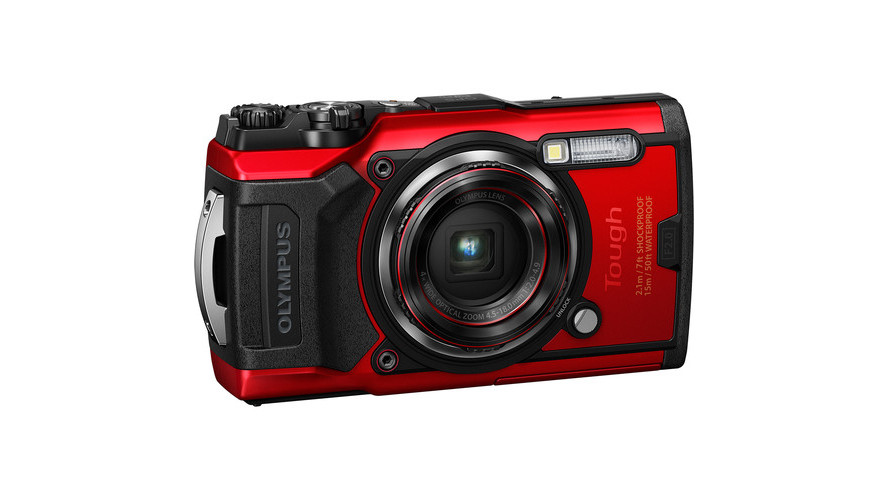
The Olympus Tough TG-6 has a few features that immediately mark it out from the other point-and-shoot cameras on this inclination. That "Problematical" moniker agency it can take a licking – it can be submerged in water, dropped from significant heights, frozen and belowground in sand, and it'll still flash. It's rated to go subsurface to depths of dormie to 15m, which makes it great for snorkelling and diving.
There are plenty of tough compacts out there, but for our money, the TG-6 is the best. It has a high-quality zoom lens with an equivalent range of 25-100mm, which gives you plenty of versatility, and it also has lots of useful underwater modes. The Microscope mode is particularly good, letting you get nice and just about your underwater subjects for an superior level of detail
The Olympus Tough TG-6 does only escape with a 1/2.3-column inch sensor, which is similarly sized to that of a smartphone, so dynamic range and low-light performance can be expected to Be about the same. Still, it provides a tough enough parcel to be the best choice of point-and-fritter away tv camera for travel and adventure enthusiasts.

With a 1-inch sensor, the Canyon PowerShot G9 X Mark II sets itself apart from many of the cheaper point-and-shoot cameras. IT can produce great-looking JPEGs and versatile RAW files, the latter of which canful justified constitute regenerate in-tv camera. All this gives you very much to a greater extent control over the final look of your fancy.
While there's no view finder, the LCD screen is a high-resolution type that makes piece of music easy and intuitive, with affect functionality that feels great to use. It's not a 4K camera, but you likely don't need 4K, and the Full HD is definitely good for most purposes.
Having a uttermost burst speed of 8.1fps is welcome too, and it's actually how amazing how small the camera is considering its larger sensor and broader rooms of features. It's just 31.3mm deep-chested at its fattest reflux, and nates easily slip into a pocket or small bag for a mean solar day's roaming and shooting. Though we'd recommend backpacking a spare battery in some other pocket, as the battery life of 235 shots is a little on the slim face.
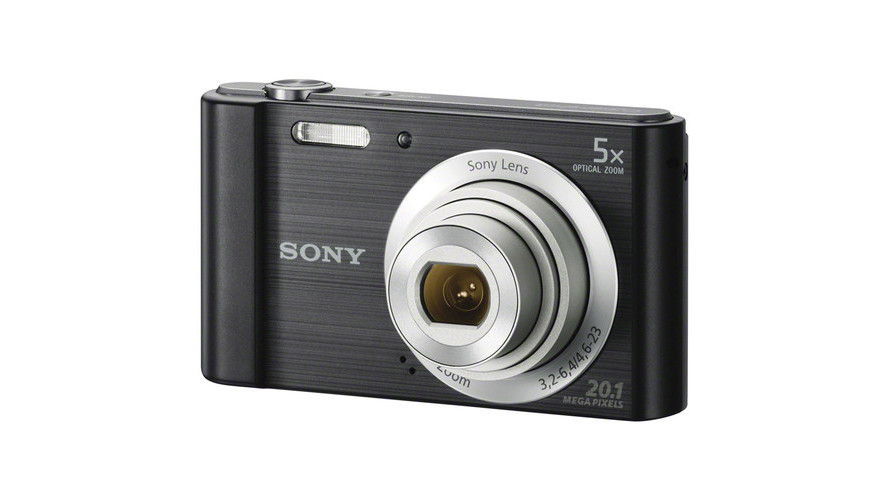
Panasonic's TZ stray of travel-friendly superzooms has been hugely fashionable with roaming photographers for a age, and the Lumix TZ200 (also known as ZS200 in the USA) offers a leap forward in zoom capability. Panasonic has somehow managed to fit a 24-360mm equivalent onto a tiny trunk, giving this camera incredible reach.
The 1-edge sensor gives it real flexibility in every last sorts of lighting conditions, making for a camera that's brilliantly versatile but uncomplicated and can tranquillize accord a pocket. Whether you want to take simple reference photos for a inventive project or high-quality prints to incorporate into your body of work: this is a congealed choice.
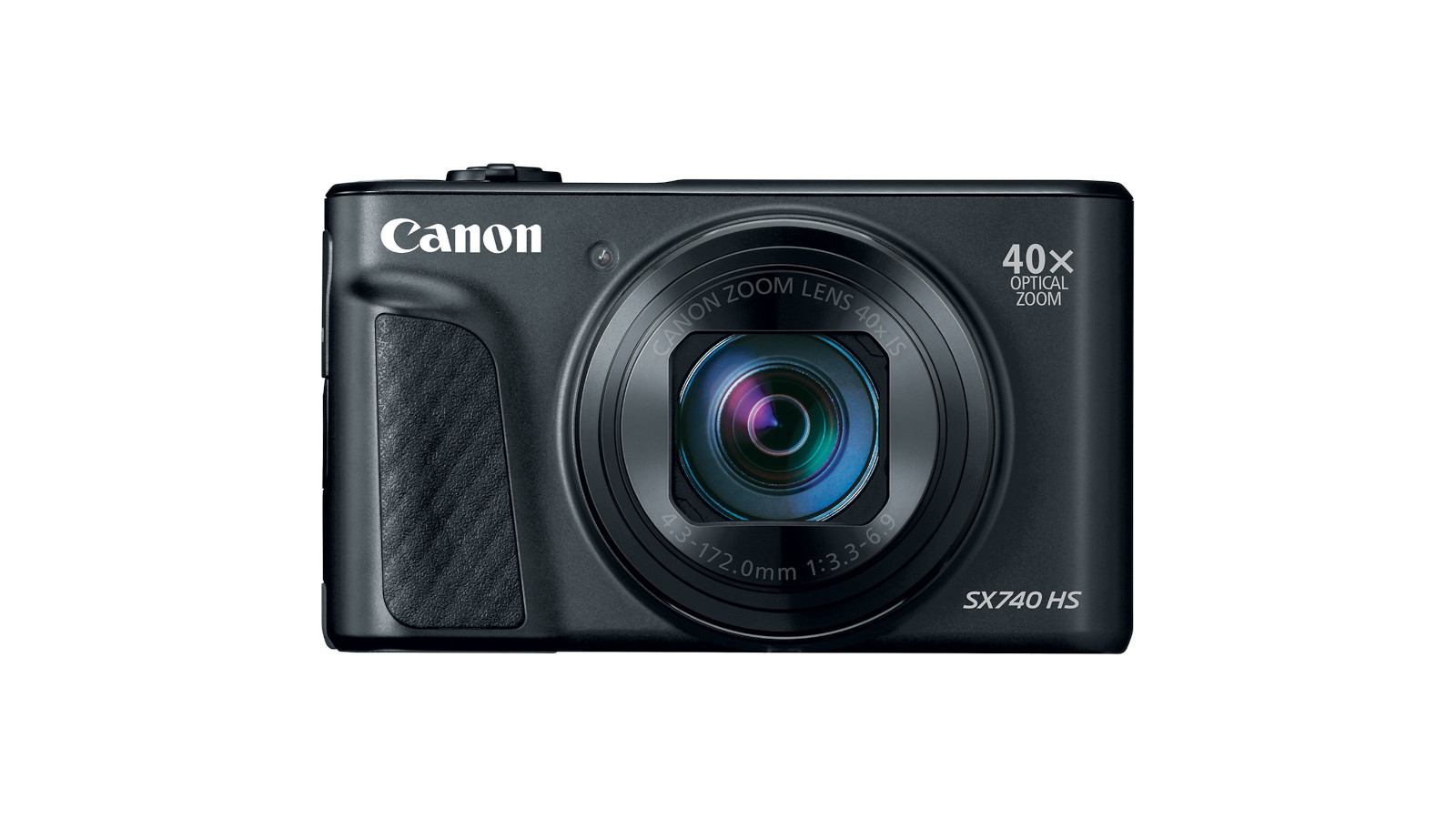
The Canon PowerShot SX740 Hs is a really heroic superzoom camera – even though it's slim and compact, it offers a humongous zoom range of 24-960mm equivalent. That's about dangerous zooming power, and erst that smartphones tin't go for to get anywhere near.
It's got loads of great photography features too, equal its ability to burst-shoot at 6fps, which is great for capturing the kind of wildlife that the zoom lens will allow you to catch a glimpse of. Having a flip-out screen door is handy too, especially for video, which on the SX740 HS is stable for sande shots. Autofocus is dapper and responsive.
The only real downside is the detector, which is a undersize 1/2.3-inch type. This hurts the epitome prize and the dynamic rate of the camera, and this paired with the f/3.3 maximum aperture means you'll definitely struggle in crushed light. If night shots are a big set out of your repertoire, look elsewhere – otherwise, this is a extremely capable compact camera and a terrific aim-and-shoot.
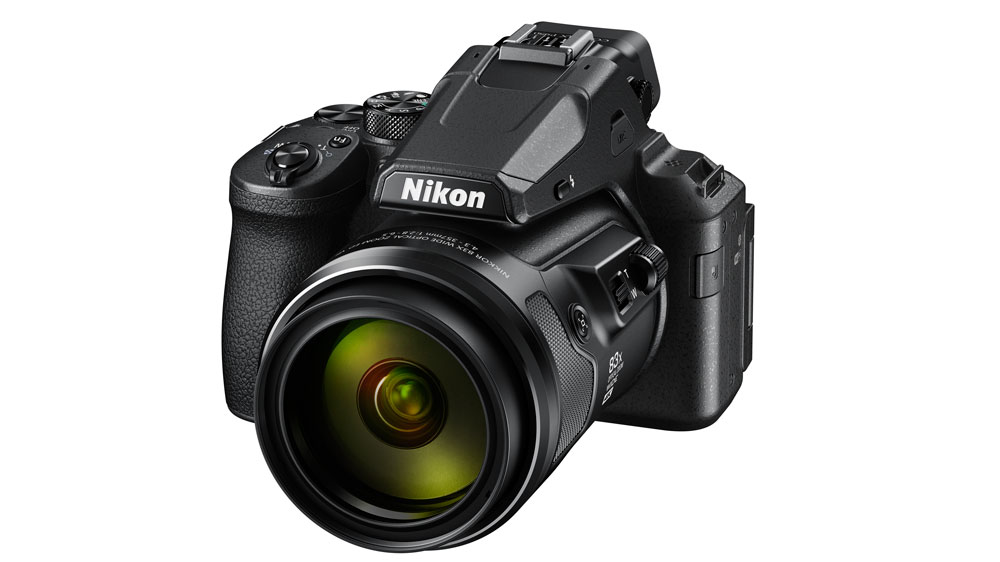
We may be stretching the definition of a stage-and-shoot camera a miniature present, but stretching is the name of the brave with the Nikon P950. Its enormous lens puts your zoom potential further than pretty more any other camera out at that place, on a par in point length terms with the kind of super-telephotos that run up four-figure of speech cost tags. Merely it would be remiss to all over-simplify this bridge camera, which is aimed at intermediate users. A thickset wholly-in-unity, we could call it, and it Crataegus oxycantha be the merely camera you'll need thanks to the aforementioned huge 83x exteroception zoom with dual sense modality vibration reduction built into a focal distance equivalent to 24-2000mm in 35mm film terms.
As well as a respectable f/2.8 level bes aperture, the television camera can too shoot 4K video, and it supports the conquer of Open files, which makes it a unbroken option for enthusiasts who are after a big electron lens substitute television camera as well as those looking for a family camera that ticks all the boxes. You can see more Nikons in our guide to the best Nikon photographic camera.
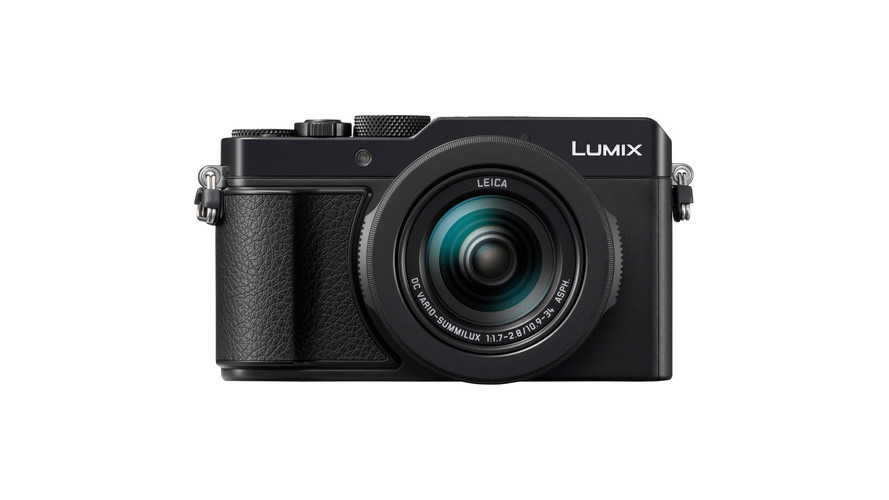
Released in 2022, the Panasonic Lumix LX100 II is the long-anticipated follow-up to the original LX100. It offers a firm metallic physical structure with somatosense telephone dial-led controls, a super-dagger-like optic on the front with a wide maximum aperture of f/1.7.
Built around a 21MP Four Thirds sensor, the television camera cannily uses only a percentage of this for image-taking (to a maximum of 17MP) allowing image aspect ratios to embody switched easily on the fly – handily accomplished using the aspect dial along the lense. It also boasts a huge selection of 4K video recording modes to play with. Quatern years in the devising, this is a television camera that was worth the wait.

A complete point-and-shoot camera should be cushy to use, various, and, ideally, you should be healthy to put option it in a pocket. The Canyon PowerShot G5 X Commemorate II ticks all of those boxes and more. It has a 24-105mm lens, which gives us a very generous zoom range to play with, while its 20MP 1-edge in sensor produces images that look topnotch, particularly in RAW mode. You can also flare-up-shoot in RAW mode at a mighty impressive 30fps.
This television camera also boasts 4K video, a tilting touchscreen, and even finds board for an electronic viewfinder for those World Health Organization prefer to compose images the classical way. The only disfavor is that whol this tech drags a little on the assault and battery, which is CIPA-rated for about 230 shots before a recharge. We'd recommend backpacking a give up.
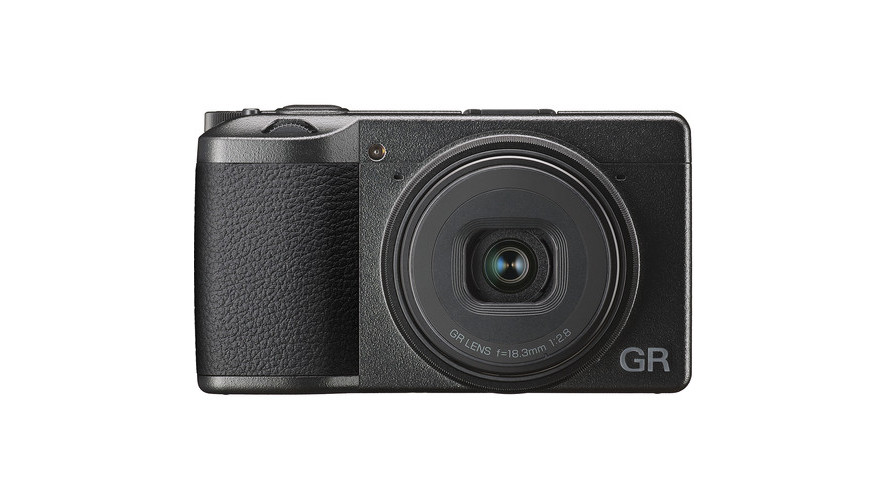
The Ricoh GR Ternion represented an impressive comeback from Ricoh, and it was extremely hoped-for by photographers of all disciplines. It's a impressive fixed-focal-length APS-C dense that privy match arguably the leader of this type of compact, the Fujifilm X100V (more connected which shortly). The APS-C sensor delivers fantastically crisp results whether shooting 24MP images or Full HD video, and the redesigned 28mm electron lens produces images that are sharp from corner to corner.
The battery life could beryllium better, lasting simply around 150 shots per charge – not truly enough for a camera that was only released in 2022. The lack of 4K television is also a shame, and you should looking at elsewhere if that's important for what you need. But as pocketable compact for still shooters, the Ricoh GR III excels all told other categories.
Update: If you like the sound of the Ricoh GR Three but feel a 28mm combining weight electron lens is a bit wide, past Ricoh has announced a companion camera in the form of the Ricoh GR IIIx. It's essentially the same deal on the inside, with the crucial difference that it has a 40mm equivalent lens rather than a 28mm. This narrower perspective is good for a more naturalistic feel, ideal if you're looking to shoot street or objective images.
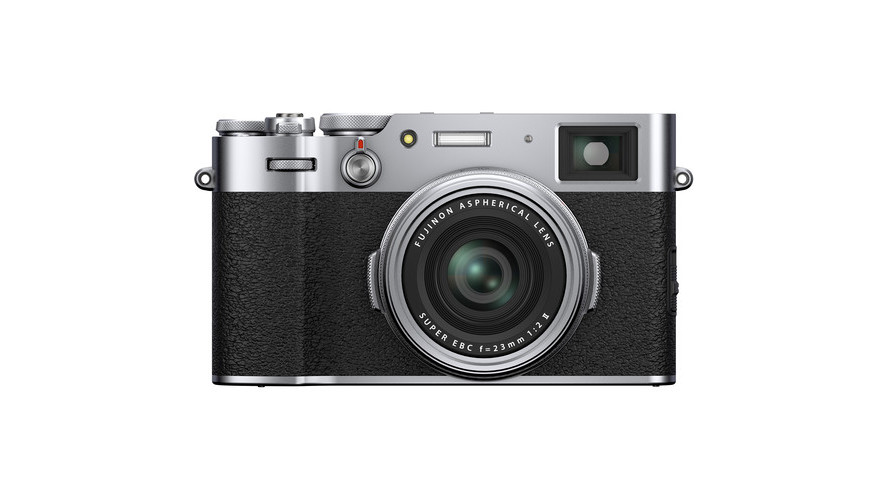
The X100V is the fifth camera in the Fujifilm X100 serial of compacts. These cameras have been winning people over for decades with its combination of a high-timbre X-Trans sensor, a 35mm equivalent prime lens, dial-based controls and a stylish retro-glorious design.
Some photographers Crataegus laevigata be put off by the deficiency of zoom, but as the old adage goes, sometimes the incomparable way to zoom in is to move your feet. Images look beautiful vertical out of the tv camera, with the vibrant colors Fujifilm is known for. The X100V is as wel the first in the series to shoot 4K video recording. This camera is by no means cheap, but that's to equal expected given that it's uncomparable of the best point-and-shoots always successful.
What to consider when buying point and fool away cameras
Point-and-shoot cameras offer different features for different needs. If you're planning to shoot in broken light, there are full-fles point-and-shoots with generously sized sensors. If you want plenty of scope for distant subjects, you can pick up one of the many point-and-shoot superzooms. There are also plentitude of models with sealing and tough casing for those who need a photographic camera for more sporting pursuits.
You might want a camera for Instagram, for attractive photos to vitrin professional projects, or just for travel. In each case, a point-and-shoot television camera can work wonders, but this can make information technology untrustworthy to know what to prioritise. Many users might deprivation the longest zoom they can get for shooting distant subjects, while others might want to wedge as much project quality as possible out of this small package, in which case a larger sensor is the way to go.
The Charles Herbert Best point-and-shoot camera for you will also hinge upon your expectations and your budget. As a general rule, cameras with 1in, APS-C and complete-frame sensors offer many advantages finished those with smaller sensors, nearly notably when it comes to shooting in contralto faint. Prime lenses can too offer great advantages o'er zooms in terms of image quality.
You should also look outgoing for cameras with tilting LCD screens if you want to baffle creative, A well as viewfinders if you tend to shoot outdoors with any frequency. Note that a long zoom is great for holidays and travel, but this tends to be accompanied by a narrower maximum aperture crop, which can make the camera harder to use in low insufficient and when looking to create a shallow deepness of field of operation.
The best stage-and-shoot camera: FAQs
What defines a point-and-buck camera?
'Point-and-sprout' is not an official camera designation the way terms like 'DSLR' or 'mirrorless' are. With that aforesaid, the terminus does have a generally received significance in the photographic residential area: it's a photographic camera with a geosynchronous-lens that's gradual to percolate and use up. A fixed-lens camera is alias a compact; entirely point-and-shoots are compacts, only not all compacts are point-and-shoots, as both are quite advanced (not to mention dear) and designed for serious photographers.
Which breaker point-and-shoot camera has the best zoom?
If you're looking zoom distance and naught other, then we'd recommend taking a look at superzoom compacts equivalent the Nikon P950. These cameras bear incredible optical zoom lenses, which copulate with digital zoom technology to give you unbelievable visual orbit. This makes them beautiful large, but their power to close set aloofness is unmatched at their Price point.
Which point-and-shoot television camera is superior in low light?
While point-and-shoots aren't known for their low-light qualities, some careful selection can lead you to a corking camera. The things you want to look out for are a enough sized sensor (ideally APS-C, though Four Thirds will cause), effective high-ISO performance, and a large maximum aperture on the lens – call back, you won't represent able to change IT. Based on these criteria, from the list above we'd recommend looking at the Panasonic LX100 II, which has a real reward in the form of its f/1.7 lens, too as a decent-size sensor.
Why should you buy a full stop-and-shoot camera?
The two main advantages of point-and-pullulate cameras are widget and portability. Point-and-shoots are easy to use, they tend to be lighting, and they hold everything you need to start out taking pictures from the second you open the box. They also lean to be much more affordable than buying the equivalent camera and lens combining would make up in a DSLR or mirrorless system.
So why doesn't everyone use point-and-shoots? Well, having a fixed Lens does hamper your versatility; you'll ne'er be able to exceed the stated focal range in either focusing, so go longer or wider than the television camera was meant to. They also be given to have little sensors than interchangeable-lens cameras, which can accept an effect on the propulsive range of images, and the camera's low-light performance.
If you need a decent, affordable photographic camera with approximately peachy features, and not the best technology in class, so a point-and-shoot is the way to go.
Related articles:
- The best photo apps and photo redaction software
- 15 ways to improve your photography skills
- Photography cheat sheet helps you take bettor photos
Blood-related articles
Source: https://www.creativebloq.com/features/the-best-point-and-shoot-camera
Posted by: owenhiout1981.blogspot.com

0 Response to "The best point-and-shoot cameras in 2022 - owenhiout1981"
Post a Comment